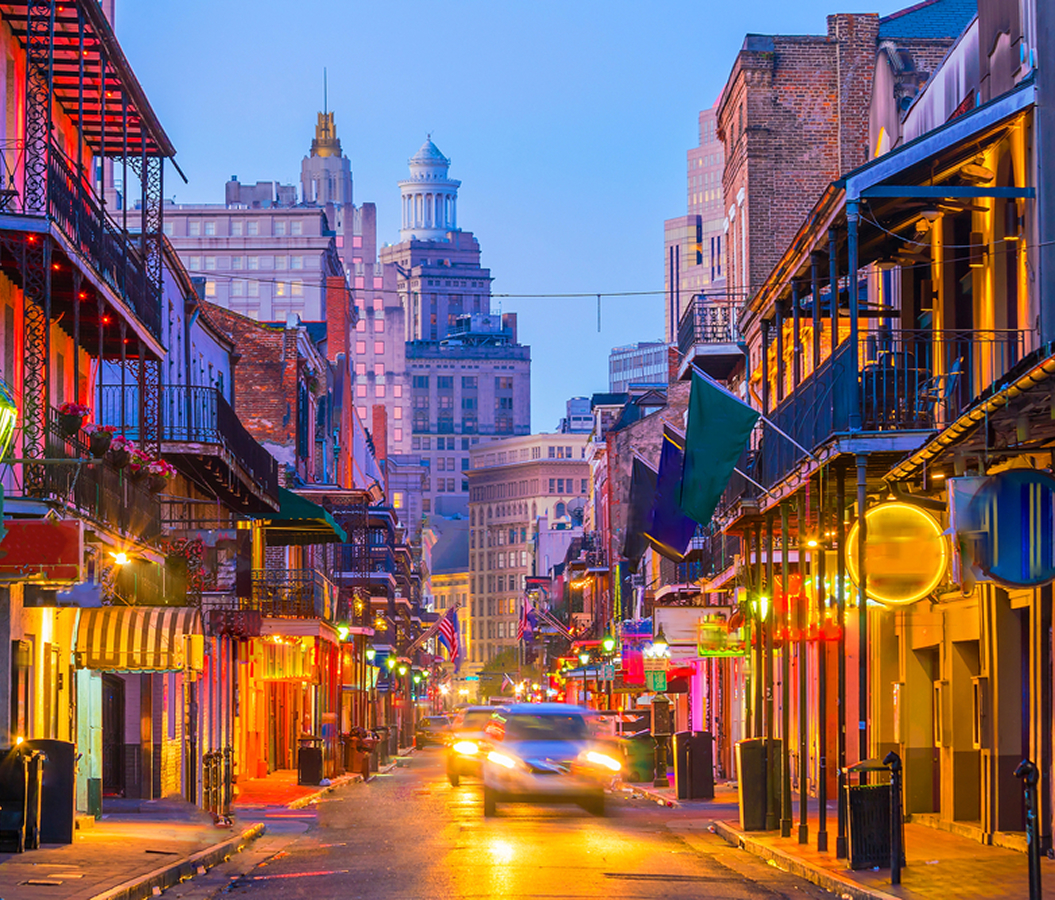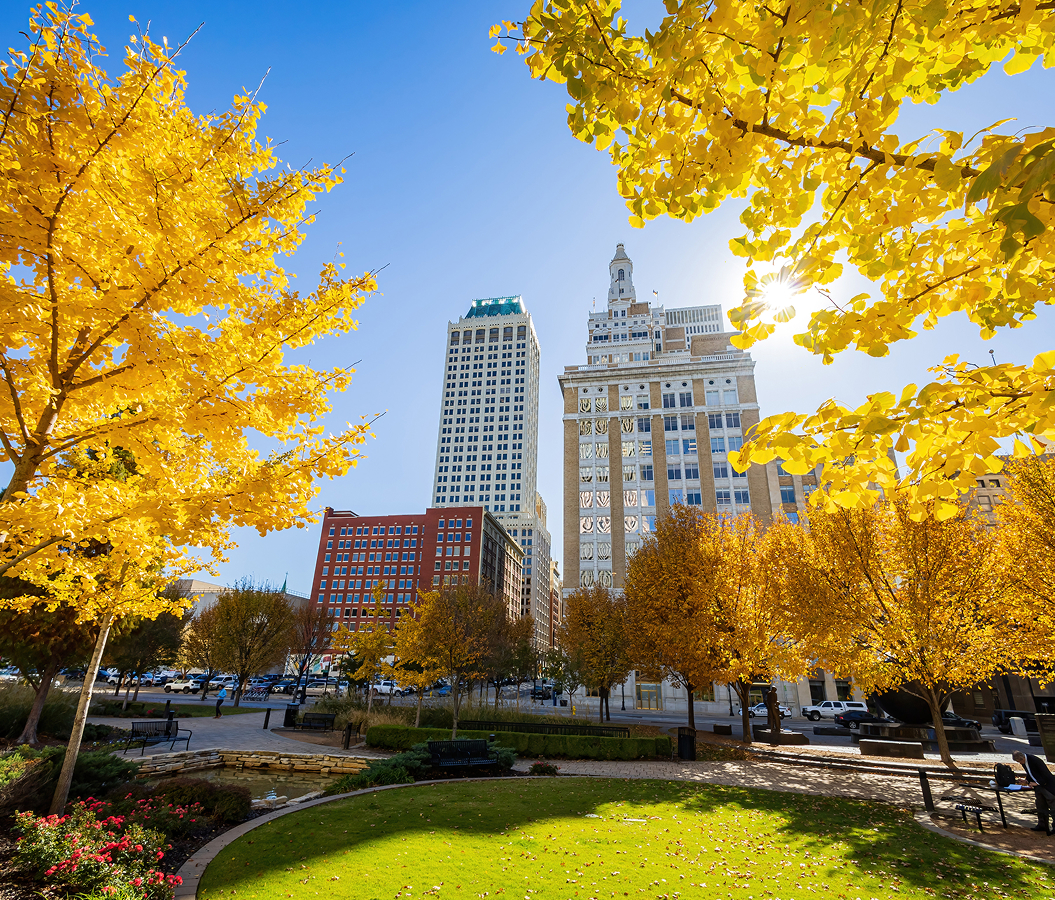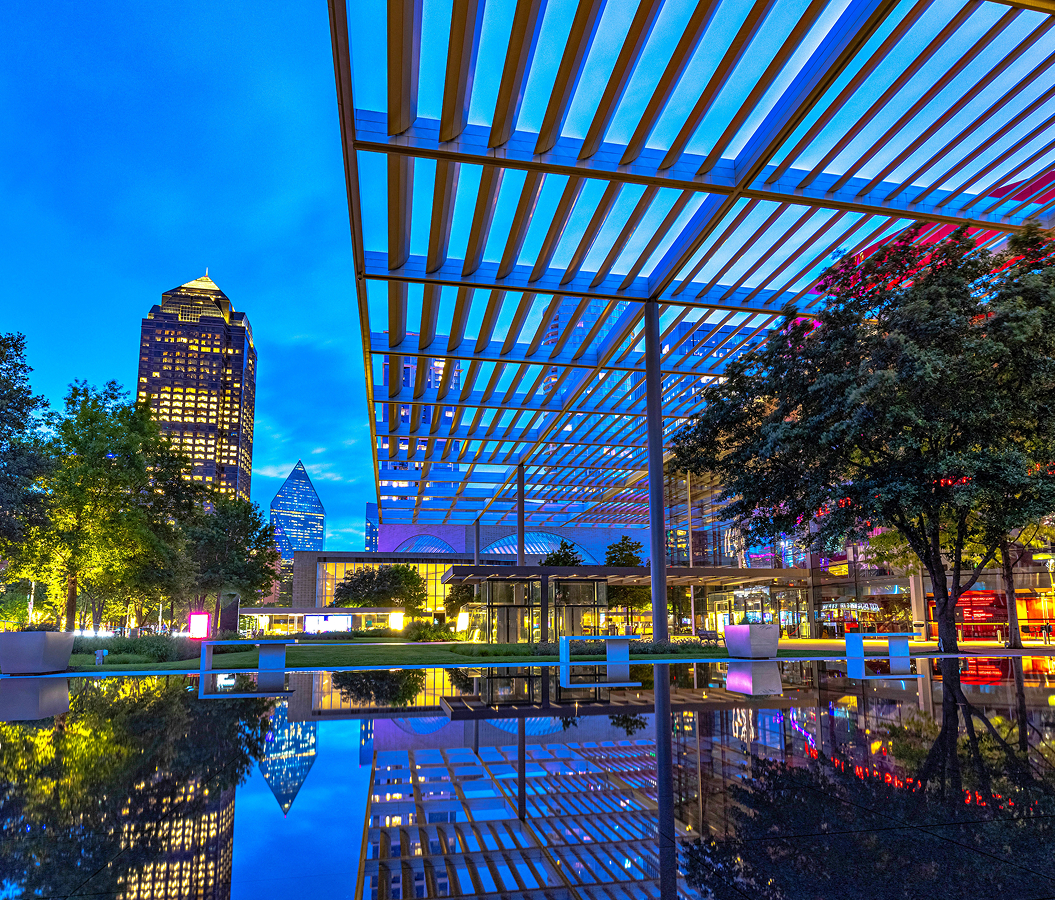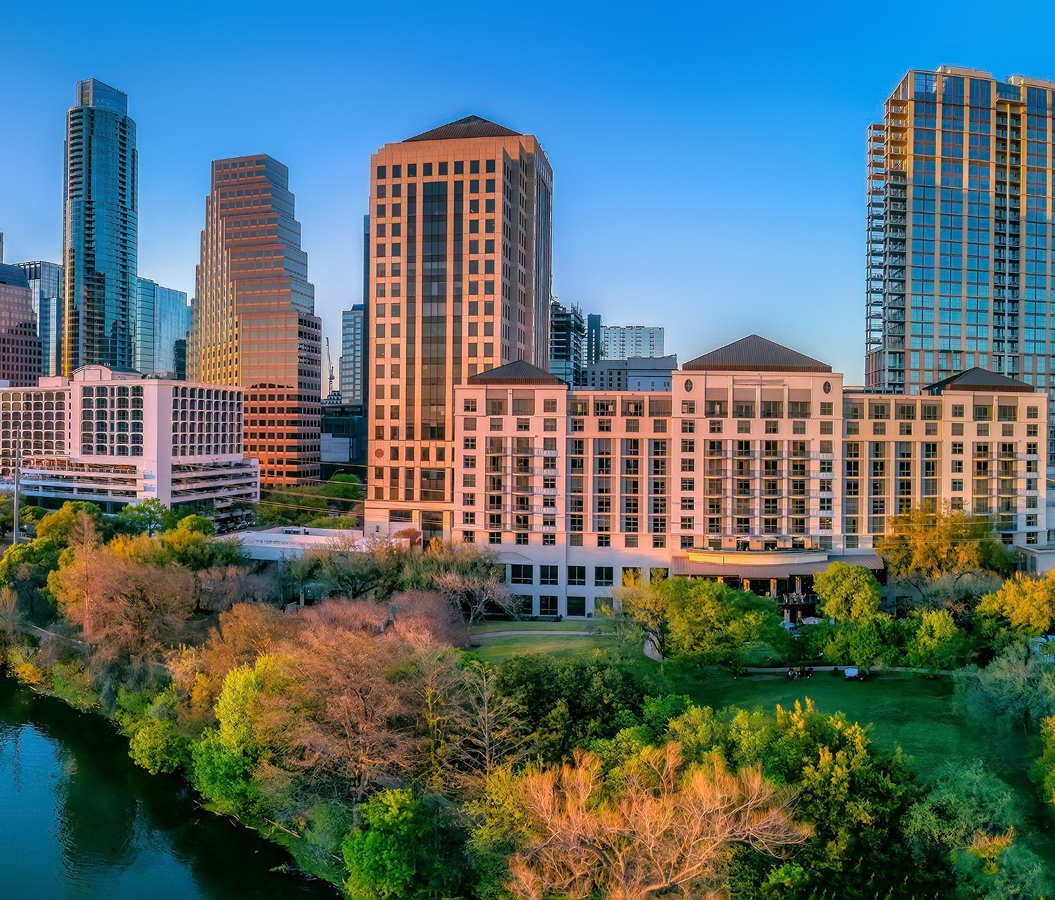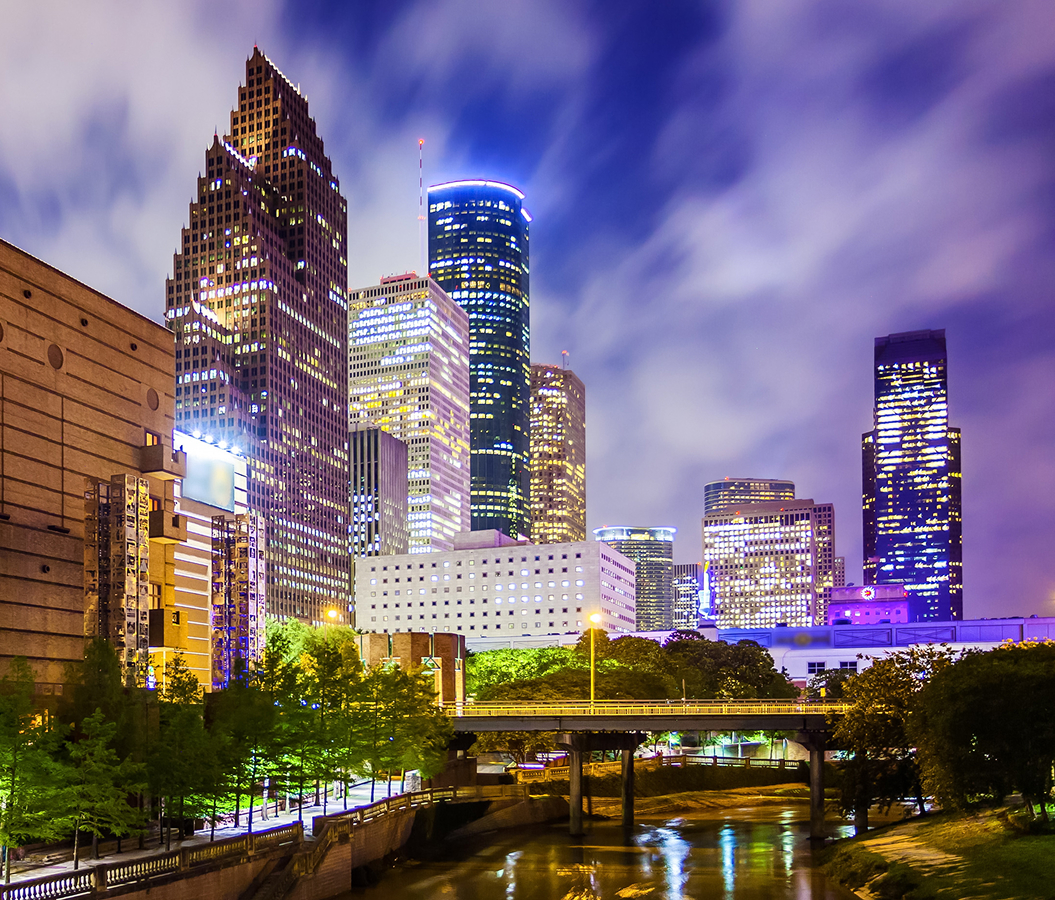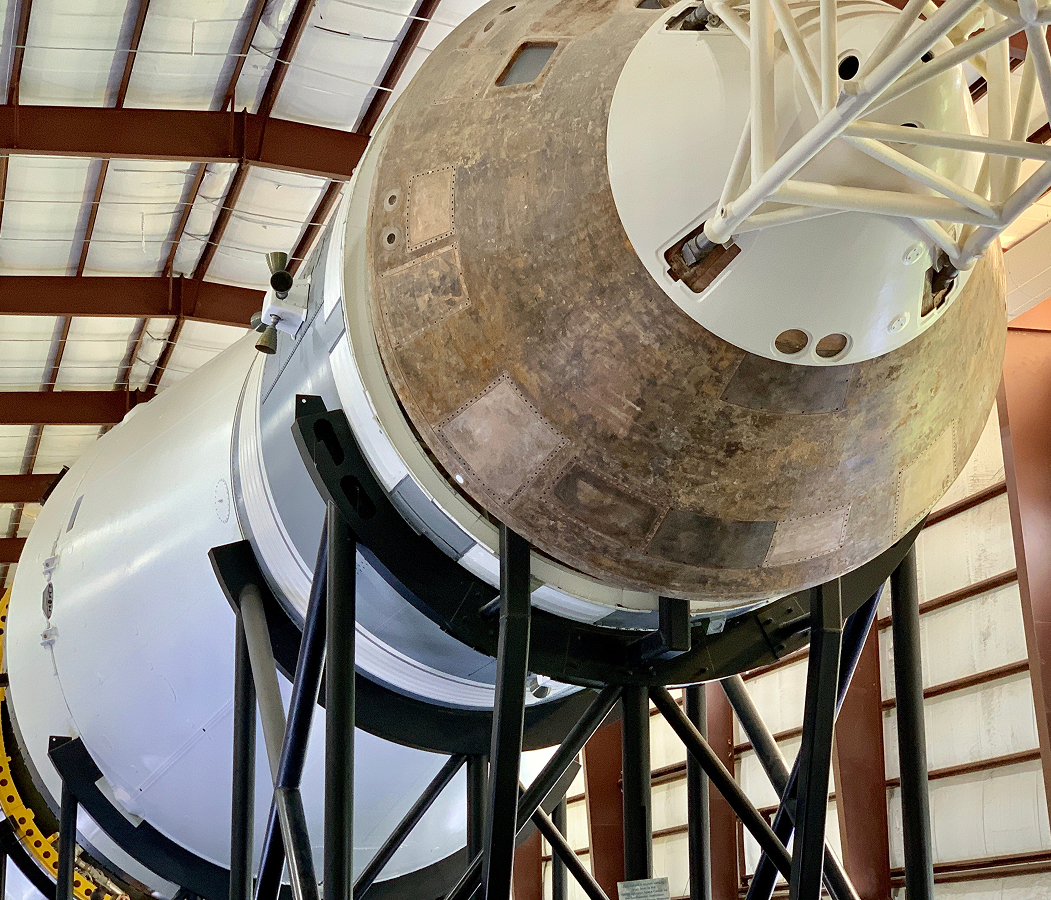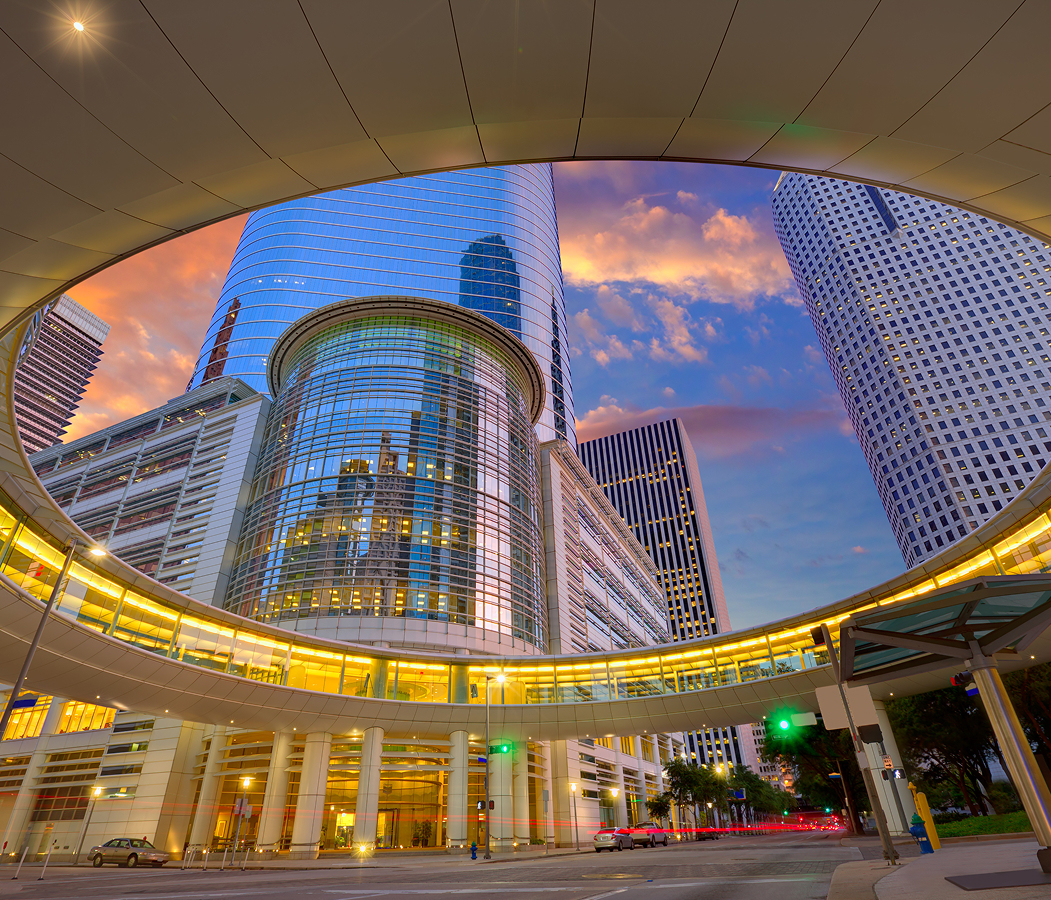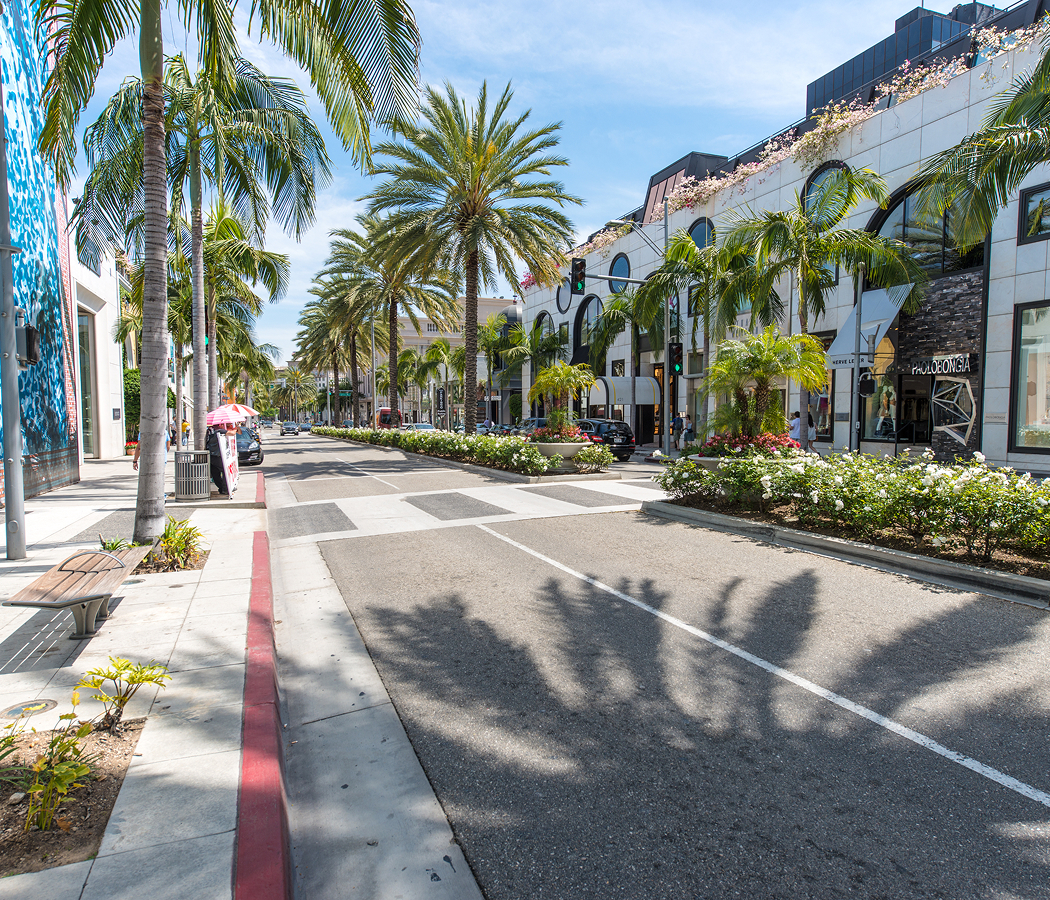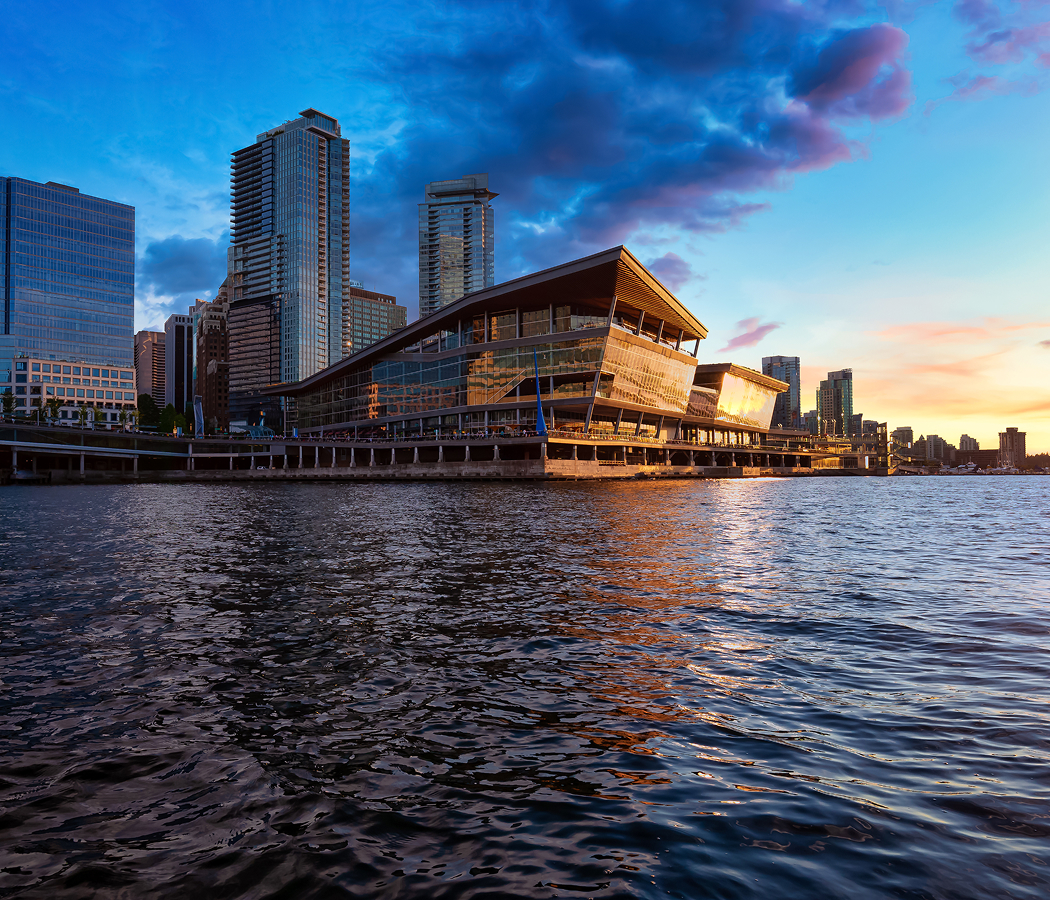
Why you should experience The Parthenon in Nashville.
In the heart of Nashville’s Centennial Park, The Parthenon rises like an echo of ancient Greece reborn in the American South, a full-scale replica of Athens’ crowning glory, reimagined with Tennessee pride.
At first glance, its towering Doric columns and golden proportions seem almost impossible, a vision of marble perfection rising from a sea of green. But step closer, and you realize that this isn’t a theme-park imitation; it’s a masterwork of devotion to classical ideals, built to embody both history and aspiration. Originally constructed in 1897 for the Tennessee Centennial Exposition, The Parthenon was Nashville’s bold declaration that art and culture belong at the heart of civic life. The city’s nickname, “The Athens of the South,” suddenly feels earned as you walk its colonnades and feel the same interplay of shadow and symmetry that captivated philosophers millennia ago. Inside, sunlight filters through the massive doorway to reveal Alan LeQuire’s Athena Parthenos, a breathtaking 42-foot statue clad in gold leaf, her calm gaze commanding reverence. Around her, casts of the Elgin Marbles, meticulously recreated from the British Museum originals, complete the illusion that you’ve stepped into another era. It’s a surreal, awe-inspiring fusion of myth and modernity, where Nashville’s creativity meets timeless grandeur.
What you didn’t know about The Parthenon.
Though The Parthenon stands as one of Nashville’s most photographed landmarks, its story is as layered as the city’s own evolution.
When it was first unveiled for the Centennial Exposition, the structure was meant to be temporary, built of plaster, wood, and brick. Yet the people of Nashville couldn’t bear to see it vanish. Its beauty and symbolism resonated too deeply, representing the city’s commitment to education, the arts, and civic pride. In the 1920s, the decision was made to rebuild it permanently in concrete, an architectural feat that remains one of the most precise recreations of the ancient Parthenon ever attempted. Inside, the Athena Parthenos statue, completed in 1990, was the culmination of decades of research and craftsmanship, drawing inspiration from ancient descriptions of the goddess once housed in Athens. The gilding alone used over eight pounds of gold leaf, shimmering under soft lighting that recreates the divine glow ancient visitors might have imagined. The Parthenon also houses an impressive art museum, featuring 19th- and 20th-century American paintings donated by James M. Cowan, a collection that bridges Nashville’s local talent with the broader cultural renaissance of the era. Few visitors realize that the building also played a symbolic role in America’s early preservation of classical architecture, inspiring university designs, courthouses, and libraries across the South. Every corner of the monument is a dialogue between past and present: a Southern city channeling the wisdom of the ancient world to shape its modern identity.
How to fold The Parthenon into your trip.
A visit to The Parthenon offers far more than a history lesson, it’s an experience that invites reflection, beauty, and wonder in equal measure.
Begin your journey in Centennial Park, where tranquil ponds mirror the monument’s grandeur and cherry blossoms bloom in spring. Walk the gentle paths leading toward the structure, allowing its scale to grow with every step. Inside, take time to explore both levels, the lower galleries, where rotating exhibitions showcase Nashville’s thriving art scene, and the upper chamber, where Athena Parthenos towers in luminous silence. Stand beneath her gaze and feel the hush that fills the room, a reminder that civilization, whether ancient or modern, is built on reverence for creativity. For an enriching perspective, join one of the museum’s docent-led tours, which weave together mythology, architecture, and Nashville’s own artistic journey. Afterward, stroll around the Centennial Park lake, where ducks drift lazily and local musicians often play to the backdrop of the setting sun. End your visit at The Café at the Parthenon or one of the nearby eateries along West End Avenue, reflecting on how seamlessly Nashville bridges its Southern charm with classical sophistication. Visiting The Parthenon isn’t just sightseeing, it’s standing at the crossroads of two worlds, where the spirit of ancient Greece finds a new voice beneath Tennessee skies.
Hear it from the Foresyte community.
You’re walking in a city of neon guitars and suddenly – bam – there’s a full Greek temple standing right in front of you. Feels like a glitch in the matrix but cooler.
Where meaningful travel begins.
Start your journey with Foresyte, where the planning is part of the magic.
Discover the experiences that matter most.






